Caring for Your Bottles
Scroll down for information on cleaning your bottles.
Glass Bottles
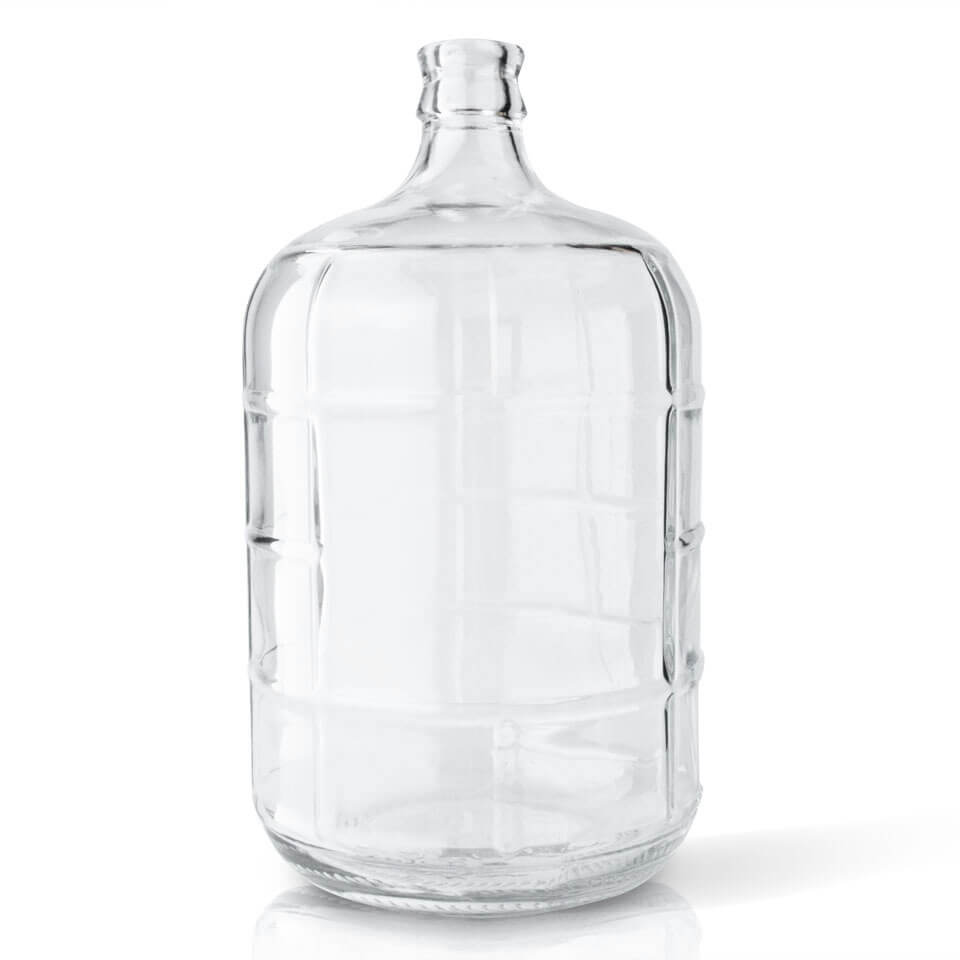
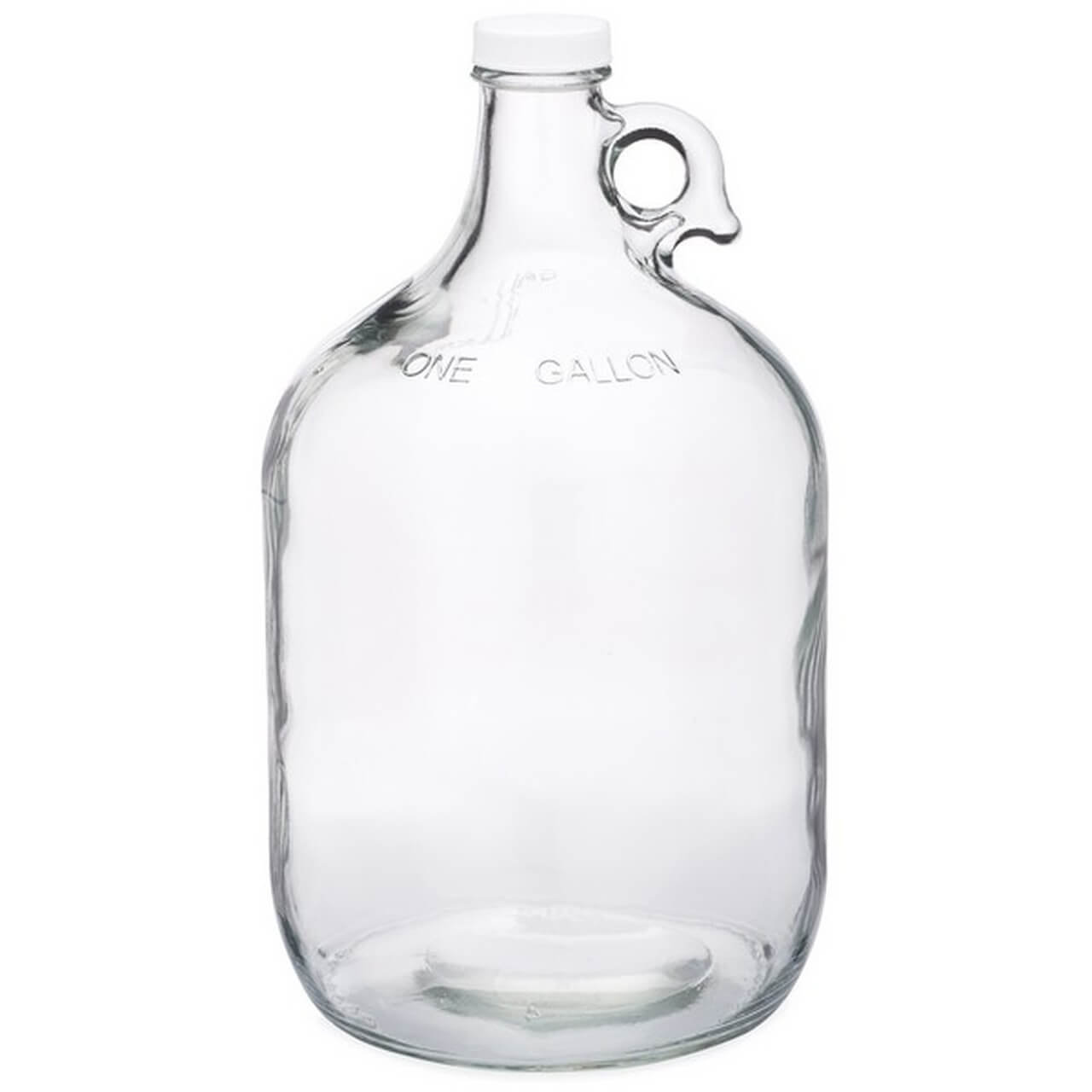
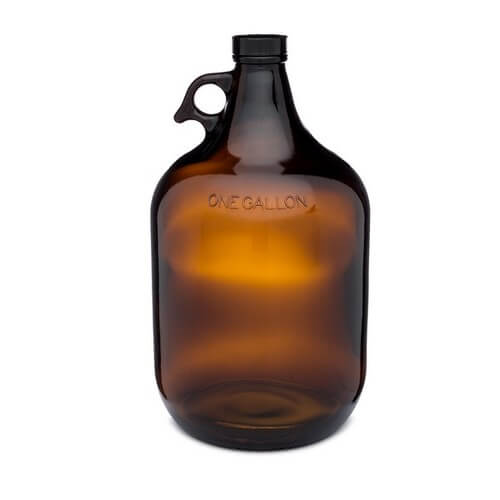
Glass is the gold standard for water containers due to its safety, quality, and integrity. Glass is inert, ensuring that no toxic chemicals ever leach into your water. The basic component of glass, silica, can be easily recycled or returned to the earth without causing environmental harm.
It’s essential to handle glass bottles with care, as they are not as tolerant to rough handling as plastic bottles. With proper care, glass bottles can last for generations, surpassing the lifespan of plastic bottles.
Tips for handling glass bottles:
- Handle bottles with care, as glass may chip or shatter when impacting another surface.
- Before carrying a glass bottle, dry the exterior of the bottle to prevent it from slipping out of your hands.
- When carrying or lifting a glass bottle, always have one hand under the bottle, and keep it close to your chest. Never pick up a glass bottle from its neck.
- If you have multiple glass bottles, always separate them during transportation. Place cardboard, towels, rags, or plastic bottles in between glass bottles so that they do not contact each other.
- When empty, leave the lids off your bottles to allow them to completely dry. This prevents mold and mildew from forming inside the bottle.
- Secure bottles upright in your vehicle to prevent them from tipping over. Placing bottles on the floorboard or buckling them with a seatbelt is ideal.
- Before transporting or lifting bottles, double-check that all lids are tightly secured to avoid spills.
Polycarbonate Plastic Bottles
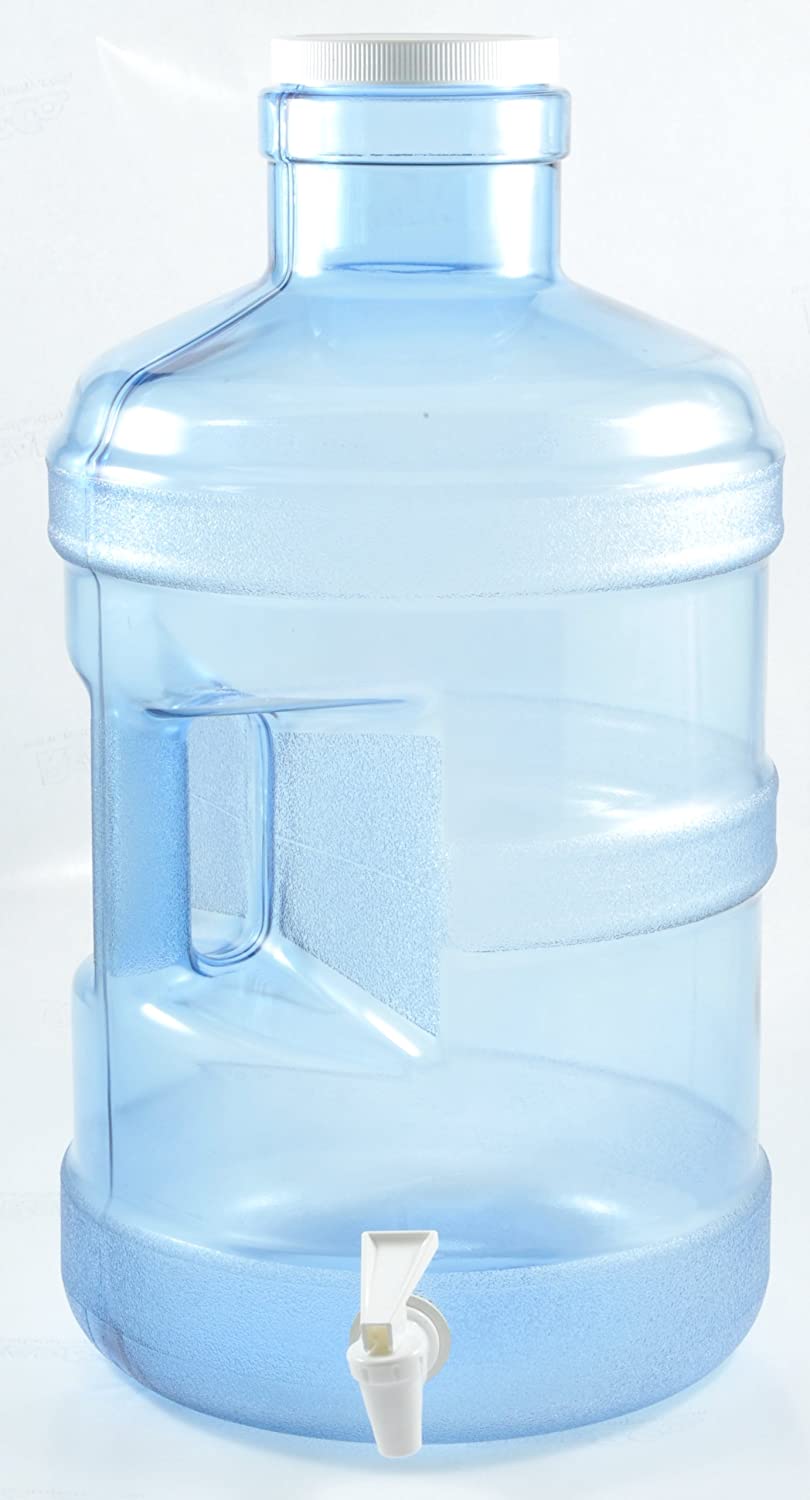
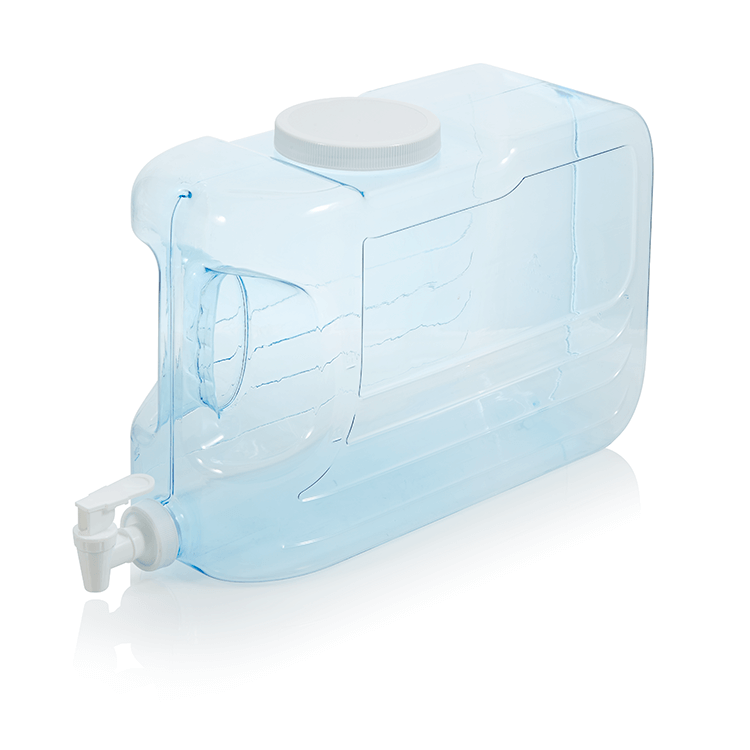
All of our plastic bottles are BPA-free. BPA (Bisphenol A) is a xenoestrogen and an endocrine disruptor, meaning it interferes with hormonal messaging in our bodies. It has been linked to health issues such as breast cancer, uterine cancer, decreased testosterone levels in men, and adverse effects on babies and young children, including insulin resistance and Type 2 Diabetes.
Even the safest plastic containers may leach a small amount of chemicals into water. With proper care, this can be minimized. Although glass containers is always recommended as the safest option, some people prefer polycarbonate plastic containers for their lightness, convenience, or durability.
Tips to prevent plastic bottles from leaching:
- Avoid exposing plastic bottles to sunlight or hot temperatures.
- Do not leave plastic bottles unattended in your car.
- Do not store plastic bottles outdoors or in your garage.
- Do not microwave or freeze plastic bottles. Refrigeration is ok.
- Do not clean the interior of plastic bottles with a sponge, soap, or detergent. This can cause microscopic abrasions that promote leaching.
Tips for handling polycarbonate plastic bottles:
- Handle bottles with care, as polycarbonate plastic is rigid and may crack when impacting another surface.
- Secure bottles upright in your vehicle to prevent them from tipping over. Placing bottles on the floorboard or buckling them with a seatbelt is ideal.
- Before transporting or lifting bottles, double-check that all lids are tightly secured to avoid spills.
Cleaning Your Bottles
In-store deep cleaning services:
- For non-members, a deep cleaning is $5 per bottle, with a maximum of two deep cleanings per visit.
- Members receive up to 4 complimentary deep cleanings per year, with a maximum of two deep cleanings per visit. Additional deep cleanings are $5 per bottle.
How to safely deep clean a bottle yourself:
This procedure is safe for cleaning plastic or glass bottles.
- Purchase a bag of G-Away Bottle Cleaner packets from one of our store locations.
- Remove the bottle’s cap.
- Fill approximately 1/8 of the bottle with water.
- Place one packet of G-Away and 1 paper towel inside the bottle.
- Replace the bottle’s cap and dry the outside of the bottle.
- While securing the cap with one hand, shake the bottle vigorously in all directions. Repeat until the interior of the bottle appears clean.
- Empty the water, and discard the paper towel and G-Away packet.
- Thoroughly rinse the inside of the bottle several times.
Be careful when cleaning the interior of plastic bottles with a sponge, soap, or other detergents. This can cause microscopic abrasions that promote leaching.
Mild, unscented soap and a soft sponge can be used to clean the inside of bottles. After cleaning, thoroughly rinse the inside of the bottle several times.
